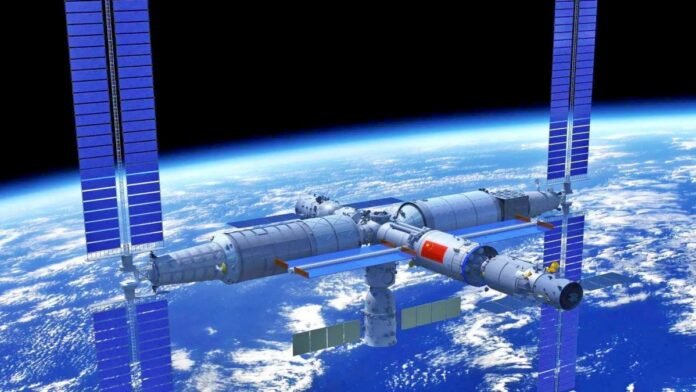
Beijing: In a step forward in China’s ambitious space program, Chinese scientists have successfully launched the second of three parts of the space station.
The Venetian was launched on Sunday with the help of a Long March 5B rocket from the Wenchang Launch Center on Hainan Island, China. 15 minutes after the launch, the China Manned Space Agency (CMSA) informed us about the success of the launch.
Hundreds of people had gathered on the sea shore to capture these historic moments in cameras. According to China’s space agency, the Venetian Lab module was successfully separated from the rocket after a flight of about eight minutes. After separation, Venetian entered his assigned class.
Space station tiangong
Beijing launched the central module of its space station Tiangong in the year 2021. With this move, China has come very come close to building its own space station. As soon as the Tiangong Space Station is completed, China will become the only country in the world that currently has its own station.

A place to rest for three people
The Venetian is about 18 meters (60 ft) long and weighs 22 tons (48,500 lb). It will go into space and connect with the module already there. Venetian has complete arrangements for rest and works for three people.
Jonathan McDowell, an astronomer at the Harvard-Smithsonian Center for Astrophysics, said this is the first time China has docked such large vehicles together. He described it as a very difficult task.
He further said that until the next module arrives, the Venetian in the space station will remain attached to the already existing modules in the unusual L-shape. To keep this connected, China will need a lot of energy. However, scientists are considering this space station of China as a bigger and more capable station.
The third part will go in October
The last part of the space station will be sent in October. As soon as it leaves, China will set up its own space station. According to China, the age of this space station should be at least ten years.


















































